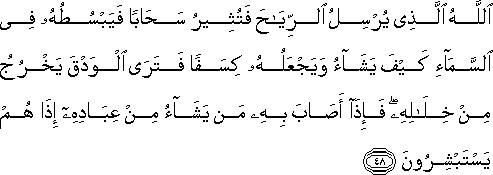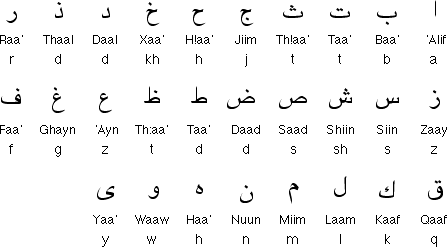
- #Arabic transliteration numbers manual
- #Arabic transliteration numbers license
- #Arabic transliteration numbers iso
"Mohammed", "Mohammad", "Muhammad", and "Mohamed" are all commonly used. There is no single most popular transcription for the name of the prophet of Islam.If there is no common transcription, a basic transcription is used ( see below). Google search counts are also biased toward syndicated news articles: a single syndicated reference may generate hundreds or thousands of hits, amplifying the weight of whatever spelling happens to be used by that one reference. Since Google searches do not discriminate between them, other sources must be used to determine if a common transcription exists for any particular usage. This word is used in the names of three historical Caliphs and a town in Iraq, and is also another name for the Mahdi in Shia Islam.

#Arabic transliteration numbers iso
For example, the ISO transliteration ( ISO 233) of القائم is " al-Qāʾim", but the transcription "al-Qaim" receives five times as many hits. The content of large searches may not be relevant to the subject being discussed or may misrepresent the figures due to the use in languages other than English. Google searches can be useful in determining the most common usage, but should not be heavily relied upon.
#Arabic transliteration numbers license
Examples of self-identification include a driver's license or passport in which the individual personally chose a particular form of transcription. Non-printable characters (including underscores) should be avoided.Įxamples of references include the Oxford Dictionary, the FBI, the NY Times, CNN, the Washington Post, Al Jazeera, Encarta, Britannica, the Library of Congress, and other academic sources.


In general, as specified on WP:English, a common English translation takes precedence over other methods to represent Arabic. All other cases of Arabic script romanization will use the same standard, but without accents, underscores, and underdots. The strict transliteration uses accents, underscores, and underdots, and is only used for etymology, usually alongside the original Arabic.
#Arabic transliteration numbers manual
The transliteration of Arabic used by Wikipedia is based on the ALA-LC romanization method, with a few simple changes that make it easier to read and manage in compliance with the main Manual of Style. On the English Wikipedia, Arabic is rendered into Latin script according to one of four methods in order of decreasing preference: This page proposes a guideline regarding the use of Arabic words on the English Wikipedia. The strict transliteration should be used only sparingly for etymology. This page in a nutshell: Arabic words on Wikipedia should be represented by either a common English translation, a common transcription, or a basic transcription in that order of decreasing preference.


 0 kommentar(er)
0 kommentar(er)
